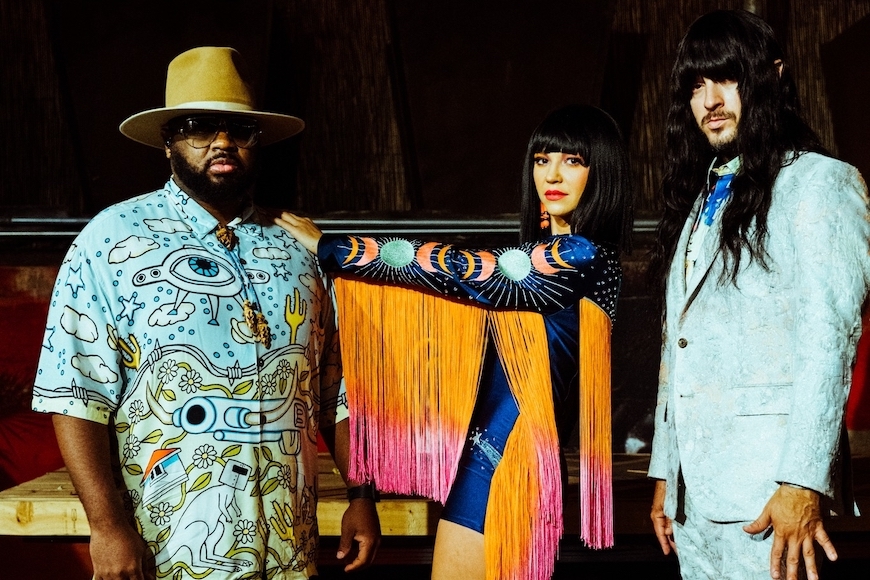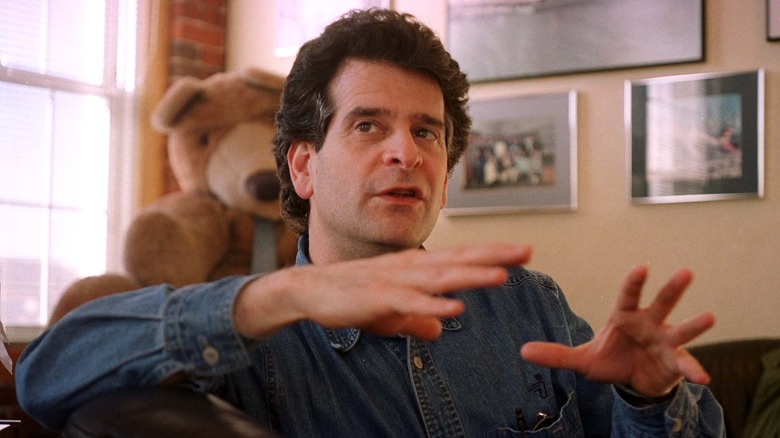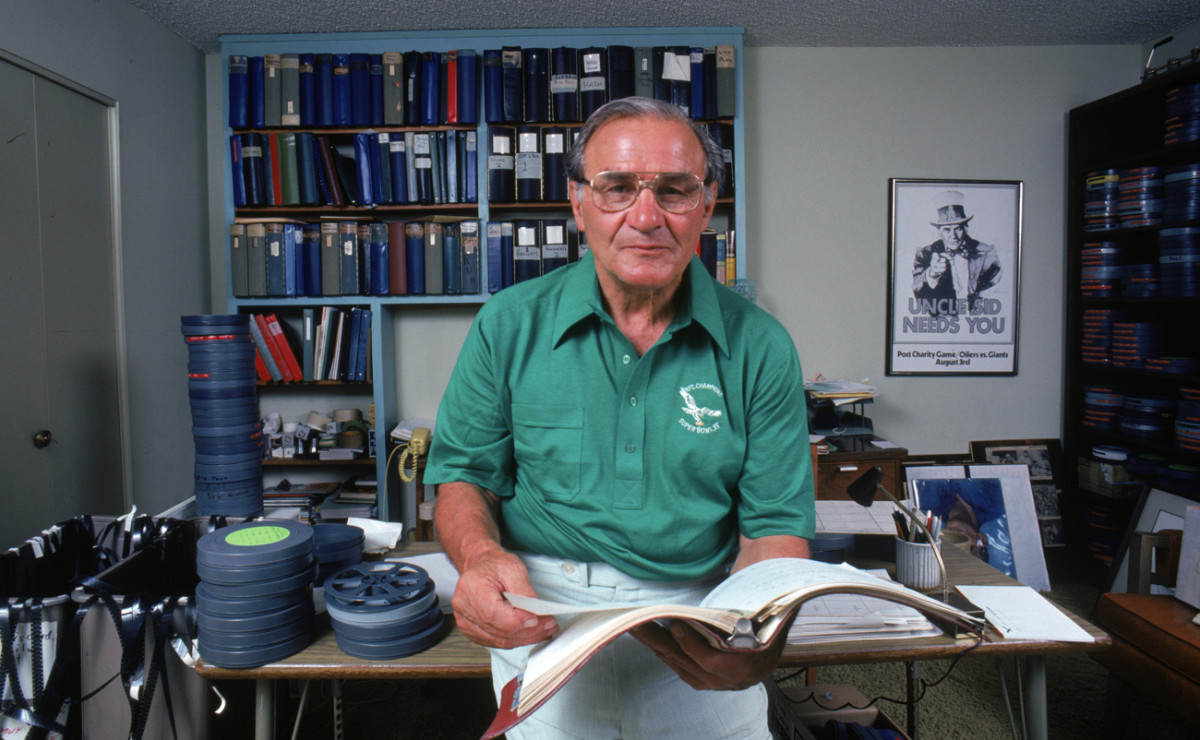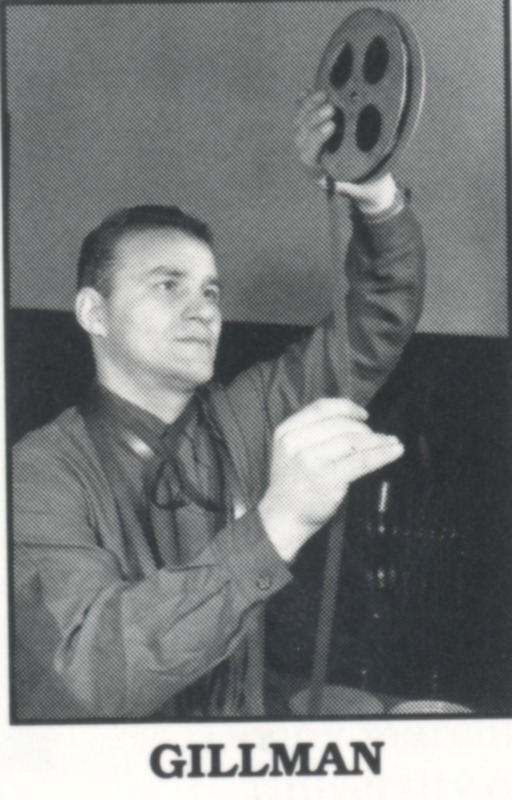Pinball has been around for almost one hundred years. In that time, the game has changed significantly. From original machines that had simple mechanics powering to the modern pinball machines with special effects and full videos contained within, pinball has always been about engaging the player into a specific setting. This makes it important for the theme of whatever game is being played to be engaging and fun. This is something that Jersey Jack Pinball founder Jack Guarnieri is aware of, as he continues to produce top rated pinball machines in the modern era of pinball.
Jack started in the pinball industry as a pinball mechanic in high school. With an innate interest in mechanics and electronics, Jack spent thirty five years fixing and selling pinball machines. In 1989, he opened two different arcades filled with coin operated arcade games and of course, pinball machines. In the 2000's, many pinball companies were going out of business, limiting the diversity of what pinball games existed. When only Stern Pinball, one of the biggest and most famous pinball companies remained, Jack decided to become a manufacturer himself; causing him to create Jersey Jack Pinball. Since Jersey Jack was founded in Elk Grove Village, Illinois, Jack has been focusing on making new pinball machines based on famous IPs including The Wizard of Oz, The Hobbit, and Toy Story.
I have been involved in the pinball community since I was a child. In my house we have somewhere between eight and twelve pinball machines that are being played or worked on. Seeing that there are still creators who are willing to bring new ideas into pinball is inspiring and makes me hopeful for the future of pinball.











































